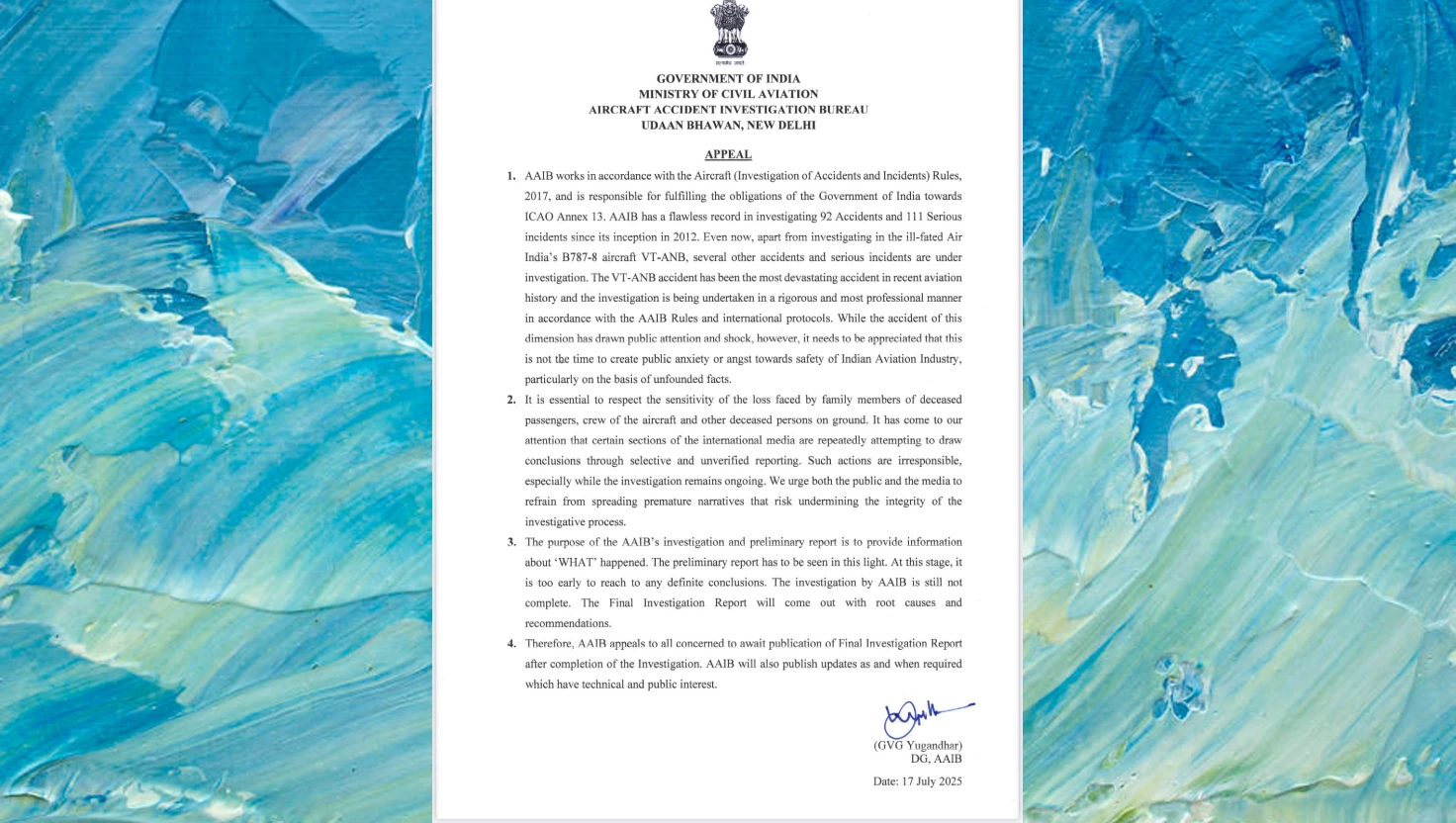RBI Set to Transfer Record Rs 2.75 Lakh Crore Dividend to Indian Government

Reserve Bank of India
India's central bank may transfer up to Rs 2.75 lakh crore in surplus to the government, boosting liquidity and potentially influencing monetary policy.
The Reserve Bank of India (RBI) is expected to transfer a record surplus of up to Rs 2.75 lakh crore to the Indian government this month, significantly enhancing fiscal resources and injecting fresh liquidity into the banking system.
India’s financial landscape is poised for a major shift as the Reserve Bank of India prepares to deliver a substantial dividend to the government, potentially ranging between Rs 2.25 lakh crore and Rs 2.75 lakh crore. The anticipated payout, one of the largest ever, is expected to sharply increase surplus liquidity in the country’s banking system, with estimates suggesting a rise to as much as Rs 6 lakh crore.
The surge in the central bank’s earnings is attributed largely to its foreign exchange operations, including the strategic sale of US dollars and robust returns from foreign reserves invested in high-yielding US government securities. The RBI also reported significant gains from its domestic bond portfolio, which yielded an income of Rs 1.95 lakh crore in the 2024–25 fiscal year.
According to financial daily The Times of India, foreign exchange reserves reached a peak of $704 billion in September 2024 before the central bank began selling dollars to stabilise the Indian rupee. Gross dollar sales reached $371.6 billion between April 2024 and February 2025, more than double the $153 billion sold in the same period a year earlier.
Barclays Bank has projected that system liquidity could expand to between Rs 5.5 trillion and Rs 6 trillion by the end of May, driven by the impending dividend. In a research note, the bank stated, “This is likely to drag down the weighted average call rate closer to the standing deposit facility (SDF) rate of 5.75%, amounting to effective easing.”
Axis Mutual Fund echoed this view, adding that the increase in banking system liquidity is expected to influence short-term interest rates.
Impact on Monetary Policy
The timing and scale of the dividend come just weeks before the RBI’s Monetary Policy Committee (MPC) is scheduled to meet in June. Market analysts believe the surge in liquidity could prompt the committee to reassess its current monetary stance.
While the MPC is widely expected to keep policy rates unchanged, the additional liquidity may influence its tone and outlook, particularly as it awaits further clarity on inflation trends and economic growth.
Madhavankutty G, chief economist at Canara Bank, said the central bank’s profits were boosted by “forex operations as well as repo operations.” He added that the RBI had been active in defending the rupee’s value in foreign exchange markets, which has helped contain currency volatility compared to other Asian economies.
How the RBI Determines the Dividend
Each year, the RBI transfers a portion of its surplus income to the government after setting aside funds for provisions such as asset depreciation, bad debts, and staff-related contributions. The final amount is calculated under the Economic Capital Framework, which mandates that the RBI maintain a risk buffer of between 5.5% and 6.5% of its balance sheet.
In the previous fiscal year, the RBI transferred Rs 2.1 lakh crore to the government. The expected increase this year reflects higher income from both domestic and international operations, as well as greater volatility in the currency market, which provided trading opportunities.
The Finance Ministry had forecast a combined Rs 2.56 lakh crore in dividends from the RBI and public sector banks in its FY26 budget, presented by Finance Minister Nirmala Sitharaman on 1 February. The new estimates suggest the central bank alone may exceed that projection.
Economic and Fiscal Significance
The RBI dividend plays a key role in supporting the Indian government’s fiscal position, especially in an election year when public spending tends to rise. The inflow will likely provide the Centre with greater fiscal space to finance infrastructure projects, social programmes, or reduce market borrowings.
Increased banking liquidity, however, poses challenges for monetary management. If not absorbed effectively, it could fuel inflationary pressures or distort short-term interest rates.
Historically, the RBI has used tools such as variable rate reverse repos to manage excess liquidity in the system. Analysts expect similar measures in the months ahead as the central bank balances its dual objectives of inflation control and financial stability.
As the largest dividend transfer in the RBI’s history nears finalisation, markets will be closely watching how the central bank and the government utilise this windfall — and how it shapes India’s macroeconomic outlook in the second half of 2025.
India’s financial landscape is poised for a major shift as the Reserve Bank of India prepares to deliver a substantial dividend to the government, potentially ranging between Rs 2.25 lakh crore and Rs 2.75 lakh crore. The anticipated payout, one of the largest ever, is expected to sharply increase surplus liquidity in the country’s banking system, with estimates suggesting a rise to as much as Rs 6 lakh crore.
The surge in the central bank’s earnings is attributed largely to its foreign exchange operations, including the strategic sale of US dollars and robust returns from foreign reserves invested in high-yielding US government securities. The RBI also reported significant gains from its domestic bond portfolio, which yielded an income of Rs 1.95 lakh crore in the 2024–25 fiscal year.
According to financial daily The Times of India, foreign exchange reserves reached a peak of $704 billion in September 2024 before the central bank began selling dollars to stabilise the Indian rupee. Gross dollar sales reached $371.6 billion between April 2024 and February 2025, more than double the $153 billion sold in the same period a year earlier.
Barclays Bank has projected that system liquidity could expand to between Rs 5.5 trillion and Rs 6 trillion by the end of May, driven by the impending dividend. In a research note, the bank stated, “This is likely to drag down the weighted average call rate closer to the standing deposit facility (SDF) rate of 5.75%, amounting to effective easing.”
Axis Mutual Fund echoed this view, adding that the increase in banking system liquidity is expected to influence short-term interest rates.
Impact on Monetary Policy
The timing and scale of the dividend come just weeks before the RBI’s Monetary Policy Committee (MPC) is scheduled to meet in June. Market analysts believe the surge in liquidity could prompt the committee to reassess its current monetary stance.
While the MPC is widely expected to keep policy rates unchanged, the additional liquidity may influence its tone and outlook, particularly as it awaits further clarity on inflation trends and economic growth.
Madhavankutty G, chief economist at Canara Bank, said the central bank’s profits were boosted by “forex operations as well as repo operations.” He added that the RBI had been active in defending the rupee’s value in foreign exchange markets, which has helped contain currency volatility compared to other Asian economies.
How the RBI Determines the Dividend
Each year, the RBI transfers a portion of its surplus income to the government after setting aside funds for provisions such as asset depreciation, bad debts, and staff-related contributions. The final amount is calculated under the Economic Capital Framework, which mandates that the RBI maintain a risk buffer of between 5.5% and 6.5% of its balance sheet.
In the previous fiscal year, the RBI transferred Rs 2.1 lakh crore to the government. The expected increase this year reflects higher income from both domestic and international operations, as well as greater volatility in the currency market, which provided trading opportunities.
The Finance Ministry had forecast a combined Rs 2.56 lakh crore in dividends from the RBI and public sector banks in its FY26 budget, presented by Finance Minister Nirmala Sitharaman on 1 February. The new estimates suggest the central bank alone may exceed that projection.
Economic and Fiscal Significance
The RBI dividend plays a key role in supporting the Indian government’s fiscal position, especially in an election year when public spending tends to rise. The inflow will likely provide the Centre with greater fiscal space to finance infrastructure projects, social programmes, or reduce market borrowings.
Increased banking liquidity, however, poses challenges for monetary management. If not absorbed effectively, it could fuel inflationary pressures or distort short-term interest rates.
Historically, the RBI has used tools such as variable rate reverse repos to manage excess liquidity in the system. Analysts expect similar measures in the months ahead as the central bank balances its dual objectives of inflation control and financial stability.
As the largest dividend transfer in the RBI’s history nears finalisation, markets will be closely watching how the central bank and the government utilise this windfall — and how it shapes India’s macroeconomic outlook in the second half of 2025.

Reliance Retail acquires Kelvinator, The Coolest One
Reliance Retail has purchased the Kelvinator brand from Electrolux for nearly ₹160 crore, aiming to strengthen its position in India's consumer durables market.
| 2025-07-19

Saiyyara has shattered every myth about launching newcomers. No big names, no big PR
Madhur Bhandarkar praises debut film 'Saiyaara' for its raw talent and storytelling, marking a shift in Bollywood's approach to newcomers.
| 2025-07-19

India slams reports blaming pilots for Air India crash
India's AAIB disputes US media assertions regarding Air India AI 171 crash, highlighting ongoing investigation and sensitivity towards victims' families.
| 2025-07-18

India Secures Four-Wicket Win in ODI Series Opener Against England
India achieves a four-wicket victory over England in the ODI series opener, led by Deepti Sharma's unbeaten 62 runs.
| 2025-07-17

Air India inspection claims no problems found with Boeing 787 fuel control switches
Air India has conducted thorough inspections of its Boeing 787 fuel control switches, reporting no problems following a DGCA directive.
| 2025-07-17




